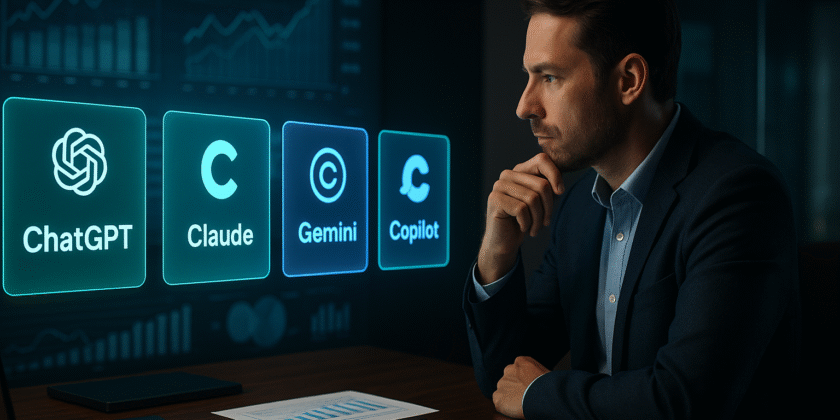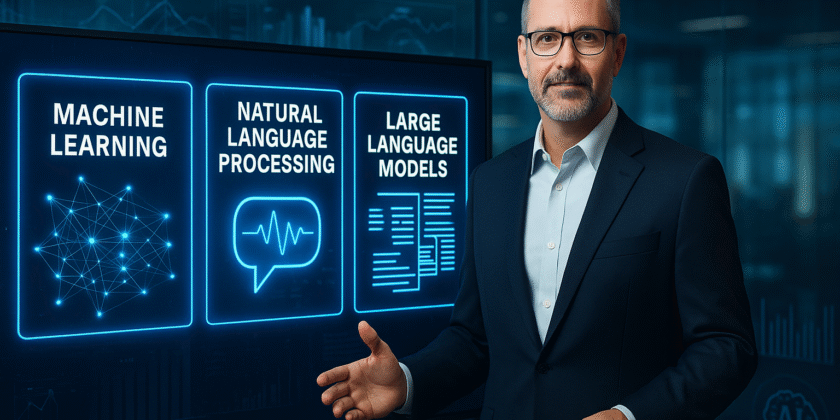In this episode of Two Tall Guys Talking Sales, hosts Kevin Lawson and Sean O’Shaughnessey delve into the crucial role of deal qualification in driving sales success. From simple frameworks like BANT to advanced methodologies such as MEDDIC and MEDDPICCC, Kevin and Sean explain how consistent sales processes, value selling, and business acumen can sharpen forecasting, strengthen messaging, and ultimately accelerate revenue generation. Whether you’re managing a sales team or selling solo, this discussion will help you refine your sales strategies and improve your revenue management outcomes.
Key Topics Discussed
- The cooking analogy for sales qualification – how preparing a meal mirrors building consistent sales processes
- Why full qualification matters – reducing forecast slippage, aligning solutions to customer needs, and driving predictable revenue generation.
- BANT explained – Budget, Authority, Need, and Timeline as a simple framework for qualifying deals
- Beyond BANT – an overview of advanced methodologies such as SPIN, SPICED, and NEAT for value selling in complex deals
- Deep dive into MEDDIC and MEDDPICCC – why metrics, the economic buyer, and champions are essential for enterprise-level sales success
- The importance of sales management consistency – ensuring every salesperson in an organization qualifies deals with the same discipline
Key Quotes
- Kevin Lawson : “When you close things better, when you have more deal intelligence or customer intelligence or relationship intelligence gained through a qualifying methodology, you end up being better able to serve a customer.”
- Sean O’Shaughnessey : “If you have five salespeople trying to qualify deals, you want them to qualify them the same way—consistency matters because it creates repeatable sales success.”
- Sean O’Shaughnessey : “Every deal needs a champion. If you can get a champion to sell for you when you’re not there, you are far more likely to win.”
Additional Resources
- HubSpot Blog: A Guide to Sales Qualification Frameworkshttps://blog.hubspot.com/sales/6-popular-sales-methodologies-summarized
- The Qualified Sales Leader by John McMahon is an essential read on MEDDIC from one of the most successful sales leaders in software history. https://a.co/d/76089W7
- Join the B2B Sales Lab for 90 days free and access practical community discussions on sales strategies, revenue management, and messaging. https://b2b-sales-lab.com
A Significant Actionable Item from this Podcast
Select and consistently implement one sales qualification framework across all your deals.
Whether you adopt BANT for simplicity or MEDDPICCC for enterprise-level selling, consistency in qualification builds stronger forecasts, improves customer alignment, and accelerates revenue generation. Decide on one methodology, train your team, and hold yourself accountable to using it every time.
Why You Should Listen
This episode is packed with practical insights for salespeople, managers, and business leaders committed to improving revenue management and sales success. Kevin and Sean take you from everyday analogies to advanced enterprise strategies, showing why consistent qualification is the backbone of predictable growth. If you want sharper sales processes, better forecasting, and stronger messaging that supports value selling, you won’t want to miss this conversation. Download now and start applying these proven sales strategies to your own pipeline.







